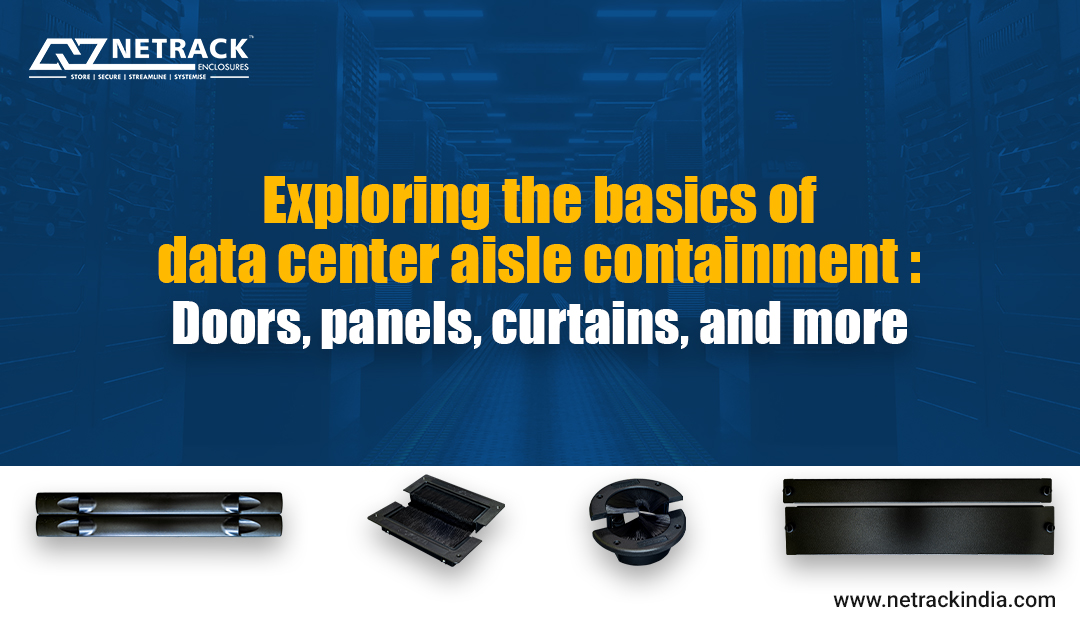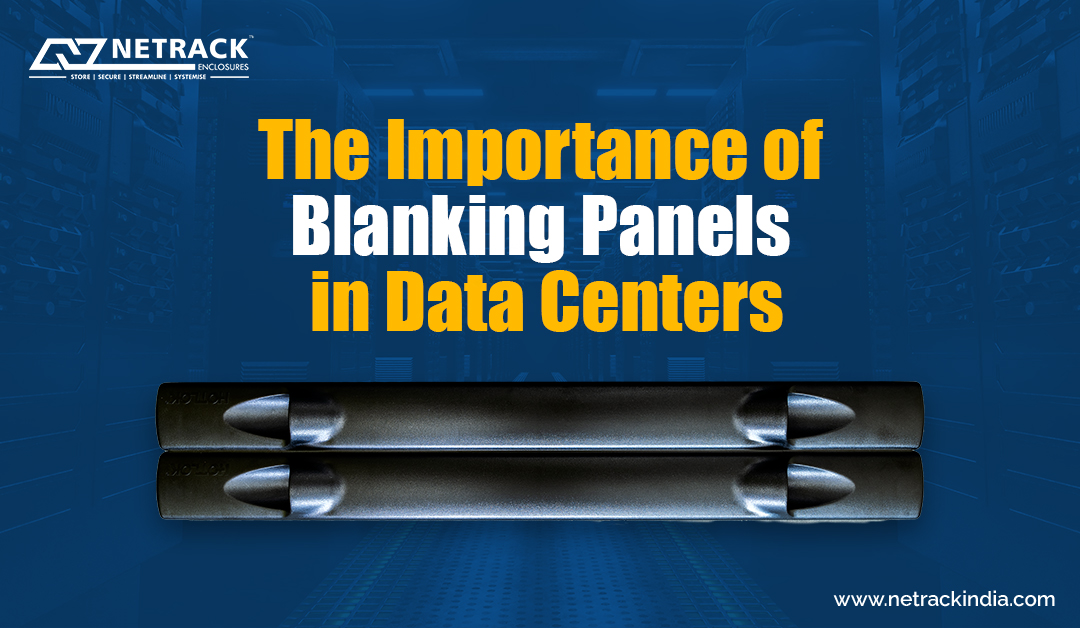Exploring the basics of data center aisle containment: doors, panels, curtains, and more
Exploring the basics of data center aisle containment: doors, panels, curtains, and more Data centers are vulnerable to damage of any mission-critical equipment or server downtime due to inefficient Air Flow management. It impacts the business's credibility and causes a financial burden for the organization. Data center challenges Data centers consist of servers, PDUs, and other various mission-critical equipment that operate 24/7 to support the organizational workflow. Hence these servers and equipment generate immense heat causing electrical short circuits and the data center temperature to rise. Additionally, poor ventilation or inefficient airflow management reduces the data center's cooling capacity, resulting in fire outbreaks. Therefore, considering all the above, creating a long-term solution to monitor and control the temperature within the data center ecosystem is essential. Aisle containment: A cooling solution! Data center aisle containment is critical in ensuring sufficient cooling of the data center. It improves overall airflow management by preventing hot and cold air mixing. This is possible through the efficiency
Read More



